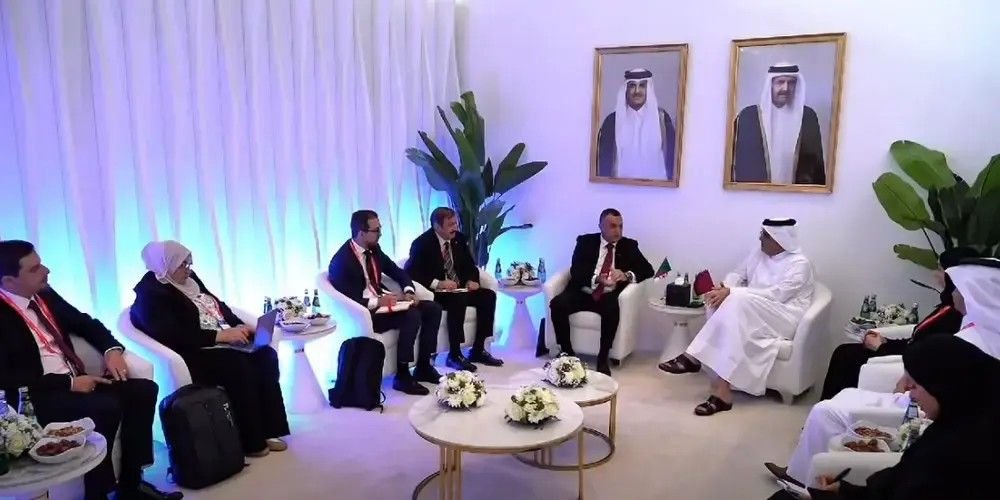Despite significant growth in internet users over the past decade, active internet usage in Nepal remains low at just 6.38 percent of the total population. The Nepal Telecommunications Authority (NTA) reports that while there are 5.14 million internet users, over 4.7 million access the internet only through mobile browsing, limiting their engagement to basic activities.
This situation suggests that Internet Service Providers (ISPs) and telecom companies have struggled to convert potential users into active users, despite technological advancements. The NTA identifies cost as the main barrier to wider internet adoption among home users.
Binaya Bohara, President of the Internet Service Providers Association of Nepal (ISPAN), explained that although GPRS users have increased, their internet use is mostly confined to checking emails and social networking sites, which does not qualify them as active users.
Ananda Raj Khanal, chairman of the NTA, attributes the slow growth of active users to high bandwidth costs. Although bandwidth prices are gradually falling, many popular internet services rely on servers located abroad, increasing the bandwidth needed and raising costs.
Nepal Telecom’s recently launched WiMAX high-speed internet service was expected to improve internet penetration but is currently focused on corporate clients in urban areas. Spokesperson Guna Keshari Pradhan said the service may be extended to individual users in over a month, but the emphasis remains on business customers.
Affordability remains a critical issue, as the installation cost of WiMAX equipment, such as the Rs 12,000 dongle, is prohibitive for most users. Similarly, the IP CDMA service, offering speeds up to 3.1 Mbps, requires an EVDO-enabled smartphone costing Rs 13,500, further limiting access.
Leading operator Ncell charges 80 paisa (excluding taxes) per MB within its 500 MB package, a price that is also unaffordable for many regular subscribers, according to NTA officials.
Khanal noted that low internet growth is also linked to limited productive use of the internet. If users utilized the internet for economic development, cost would be less of a deterrent. However, when internet use is primarily for communication and entertainment, price sensitivity remains high.
ISPs report positive trends in active users for WiFi and fiber optic services. Increased competition among operators is expected to drive prices down further, said Bohara.
Despite dissatisfaction with wireless internet speeds, wireless services maintain over 50 percent of the ISP market share, serving approximately 75,000 customers excluding telecom subscribers.















